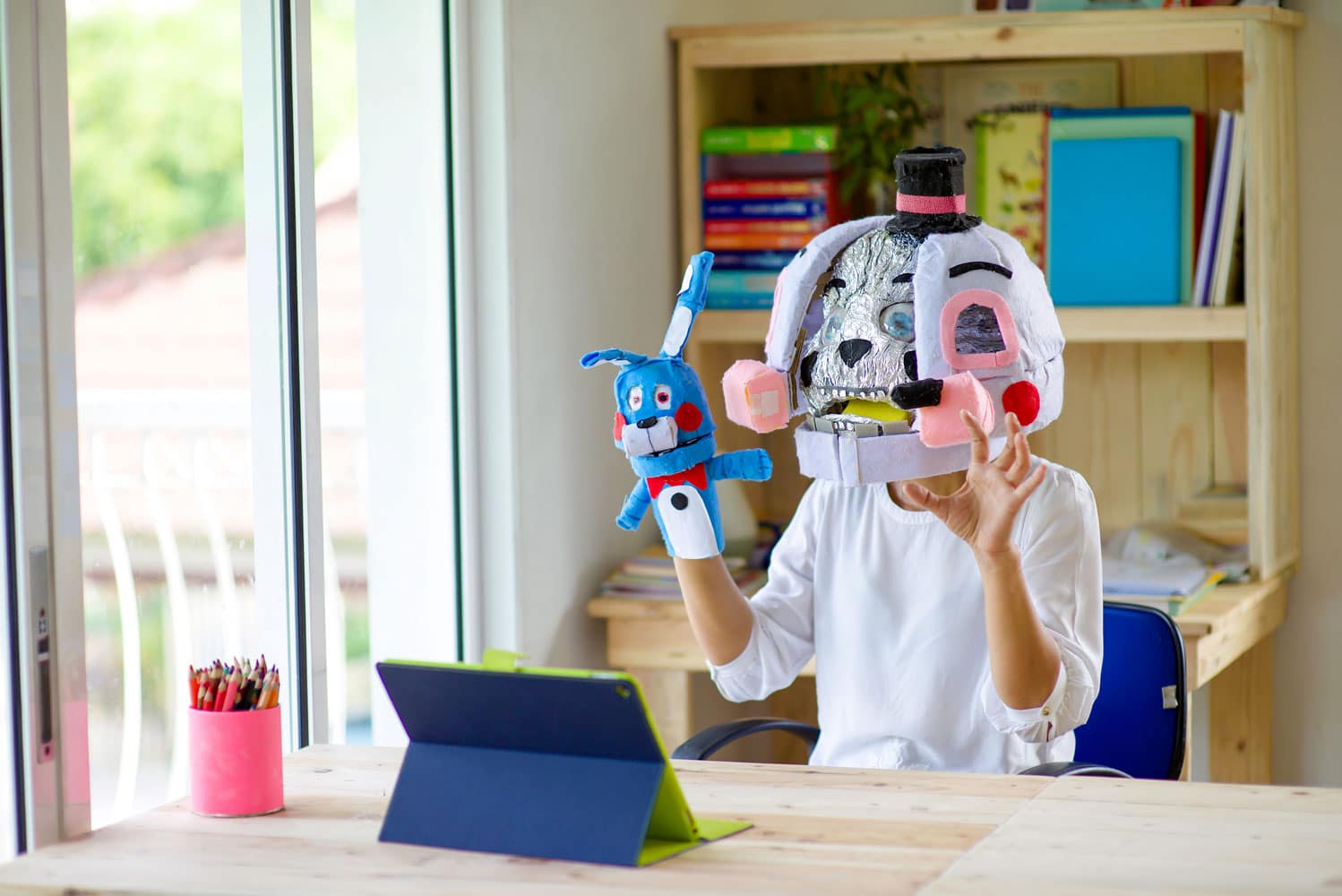
Class is the next generation virtual classroom for K-12, higher education, government agencies, and the workplace. Contact us today to schedule your live demo and see Class in action.

Class is the next generation virtual classroom for K-12, higher education, government agencies, and the workplace. Contact us today to schedule your live demo and see Class in action.

The year 2020 will go down as the year that the world went virtual. In early 2020 teachers, students and their families quickly adapted to online learning and created virtual classrooms. This massive shift has been made possible, and tolerable, through the ready availability of virtual learning tools and apps like Google’s virtual classroom, Zoom for education and others.
Teachers at K-12 and higher-ed levels have quickly adopted and adapted these tools to create virtual synchronous classrooms. They’ve learned a lot over the past several months about how to use these tools to facilitate online learning in ways that can be both impactful and engaging. 2020 facilitated a widespread emergence of synchronous learning online, where students learn together simultaneously in virtual classrooms. Differently, most online instructional models until the pandemic had asynchronous designs, where lessons and materials are self-paced and remotely accessed, set within given time frames.
New synchronous instruction requires new strategies. Here we share six top tips for creating a dynamic virtual classroom for synchronous virtual learning.

Michael Murdoch is the author of Zoom for Teachers and the founder of Murdoch Partners, a company specializing in educational technology, accessibility, and security consulting and training. While it’s not necessary to use Zoom backgrounds (note there are numerous free virtual classroom backgrounds you can choose from), Murdoch advises teachers to be thoughtful about where they’re “holding” classrooms. He says: “A neat, uncluttered kitchen or office space without distractions in the background is a need. A potted plant—real or artificial—can add a nice touch.”
He also recommends using a USB webcam and a quality microphone rather than relying on what may have come with your computer. In addition, he recommends that teachers familiarize themselves with whatever technology they will be using for their virtual classroom.
Kristin Murner, director of instructional design for Kaplan, a global educational services company, agrees. “Become familiar with the tools you have at your disposal and leverage them to collect student feedback and drive engagement like you would in-person,” she suggests. “Use online polling software, voting via chat, reactions and even thumbs up/down on camera to collect student feedback and react to it.”
Ask your students to be cognizant of their backgrounds as well and to consider the impressions they may be making. Participating in online learning while still in pajamas and laying in bed doesn’t make a good impression. Emphasize to students that they should consider their virtual classrooms to be the same as their in-person classrooms in terms of how they will present themselves.
Lindsey Wander is the founder and CEO of WorldWise Tutoring LLC. Wander suggests engaging students before the first day of class by sending them a list of topics or types of assignments you’d like to cover and asking for their input. Before each class, she suggests, “send your students a short, nongraded self-assessment to determine what each student already knows. Use the results to determine what to skip over or dive deeper into.” Her students, she says, prefer micro-lectures, smaller chunks of information, interspersed with silent activities and group work.
Getting students involved with the class—even before it starts—can be a good way to start off strong. Maintain momentum by seeking, responding to, and using their feedback throughout the course or semester.
Annie George-Puskar, Ph.D., is an assistant professor at Fordham University Graduate School of Education. “Using the whiteboard feature on Zoom or JamBoard from Google can be helpful in engaging a larger group without students feeling pressured to speak in front of the whole class,” says George-Puskar. “I also find this easier than trying to simultaneously teach and manage the chat feature,” she says.
Whiteboards can be a great way for teachers to engage with students and involve them in the course. Students can see and respond to their teacher’s and others’ thoughts in real-time, and readily participate in activities. Other tools like polling and screen sharing also can invite engagement and variety for virtual classrooms of all types and sizes.
George-Puskar’s classes run two hours. During this time she says, she generally plans for two, or sometimes three, breakout activities. “These activities and discussions allow students to engage with the content and apply their knowledge.” If students finish these activities early, George-Puskar says she will engage them in “small talk.” That is something, she says, that is otherwise generally missing from online learning. “I want students to build their relationships with one another by having the opportunity to connect during our class,” she says.
Breakout rooms are a great way to encourage interaction and provide variety during an online class. Teachers have the ability to drop into the breakout rooms to see how students are doing with an assignment, answer questions, or simply interact.
Raymond Lauk, Ph.D., an assistant professor and leadership programs coordinator at the Department of Educational Leadership and Counselor Education at Eastern Kentucky University, says that he has increased instructional effectiveness online by using Zoom classes as an optional session for graduate students and bringing in guest speakers. “By leveraging the Zoom sessions, we have access to speakers who never would have traveled to our campus to be a guest speaker,” he says. “My students love it because they have access to national and international experts that have really added energy and excitement to learning leadership.”

Online learning can feel anonymous unless the educator takes purposeful steps to facilitate an online community, says Murner. “Synchronous sessions will benefit from getting students on camera and muted right away,” she suggests. “Help students feel seen by asking them to reply to a check-in poll with an open-ended question about how they are feeling or how ready they are to learn.” In addition, she recommends that teachers make sure to look at their camera while teaching online. “It’s a little thing that goes a long way towards helping students feel like you are talking to them individually,” she says.
As you consider how to create a virtual classroom, consider Class. While a wide range of tools exist for helping teachers create virtual classrooms, Class, a new entrant to the market, was built specifically to aid teachers in providing synchronous learning in a seamless way. Class feels like a real classroom to teachers and students.

Class is the next generation virtual classroom for K-12, higher education, government agencies, and the workplace. Contact us today to schedule your live demo and see Class in action.

Class is the next generation virtual classroom for K-12, higher education, government agencies, and the workplace. Contact us today to schedule your live demo and see Class in action.
Get our insights, tips, and best practices delivered to your inbox

Sign up for a product demo today to learn how Class’s virtual classroom powers digital transformation at your organization.

Features
Products
Integrations